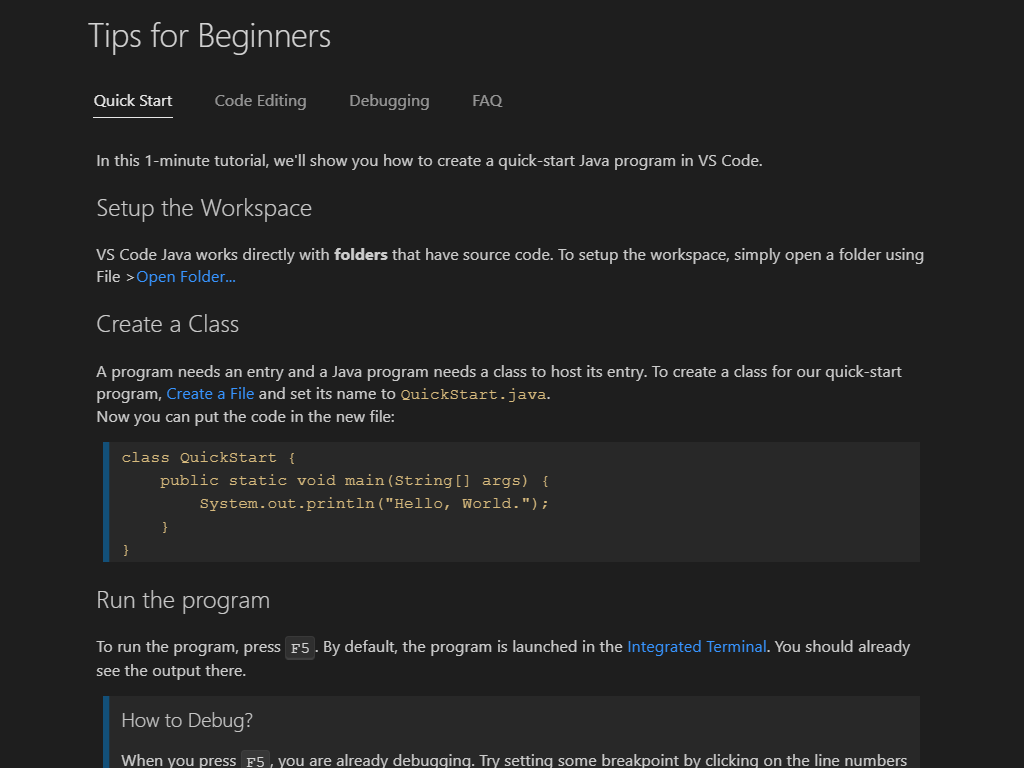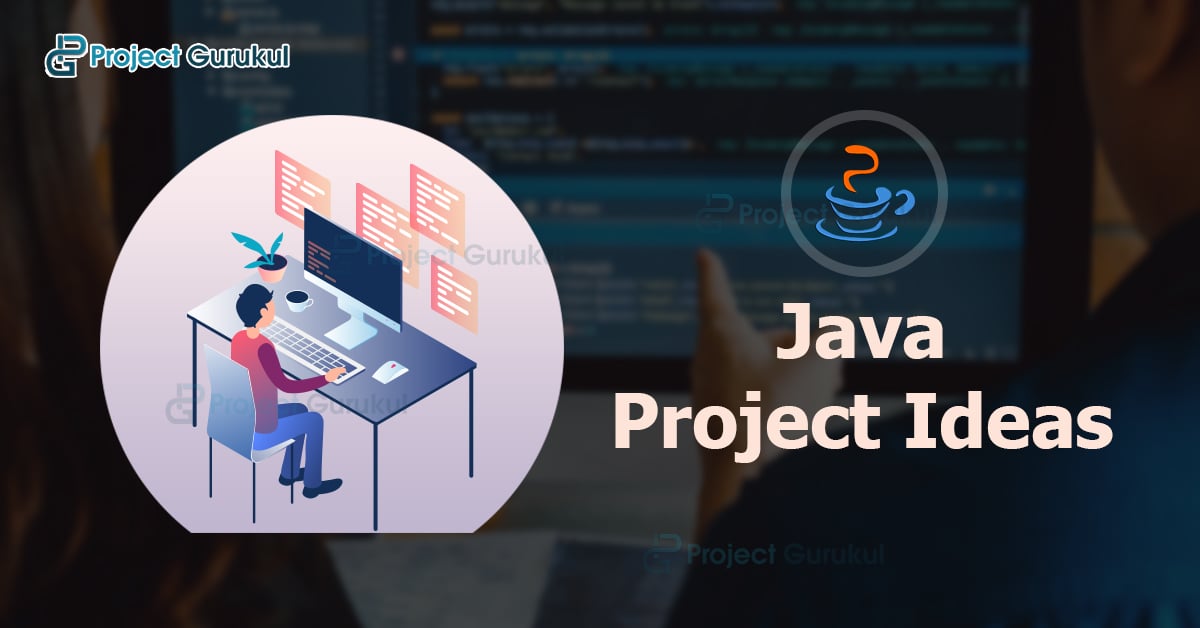

Here, we explicitly specify XML, since that is the only one we need for SonarQube. By default, the tool generates XML, HTML, and CSV versions of the report. In the most basic case, we will need to execute two goals: jacoco:prepare-agent, which allows coverage info to be collected during unit tests execution, and jacoco:report, which uses data collected during unit test execution to generate a report. Typically, you would create a specific Maven profile for executing the unit tests with instrumentation and producing the coverage report only on demand. To add coverage to your Maven project you need to use the jacoco-maven-plugin and its report goal to create a code coverage report.

Make sure that JacCoCo writes its report file to a defined path in the build environment.Adjust your build process so that JaCoCo report generation step runs before the SonarScanner step.

You then need to configure your analysis to tell the SonarScanner where the report is located so that it can pick it up and send it to SonarQube, where it will be displayed on your project dashboard along with the other analysis metrics.įor Java projects, SonarQube directly supports the JaCoCo coverage tool (see Generic Test Data for information on integrating other coverage tools). Instead, you must set up a third-party tool to produce the report as part of your build process. However, SonarQube does not generate the coverage report itself. SonarQube supports the reporting of test coverage as part of the analysis of your Java project.


 0 kommentar(er)
0 kommentar(er)
